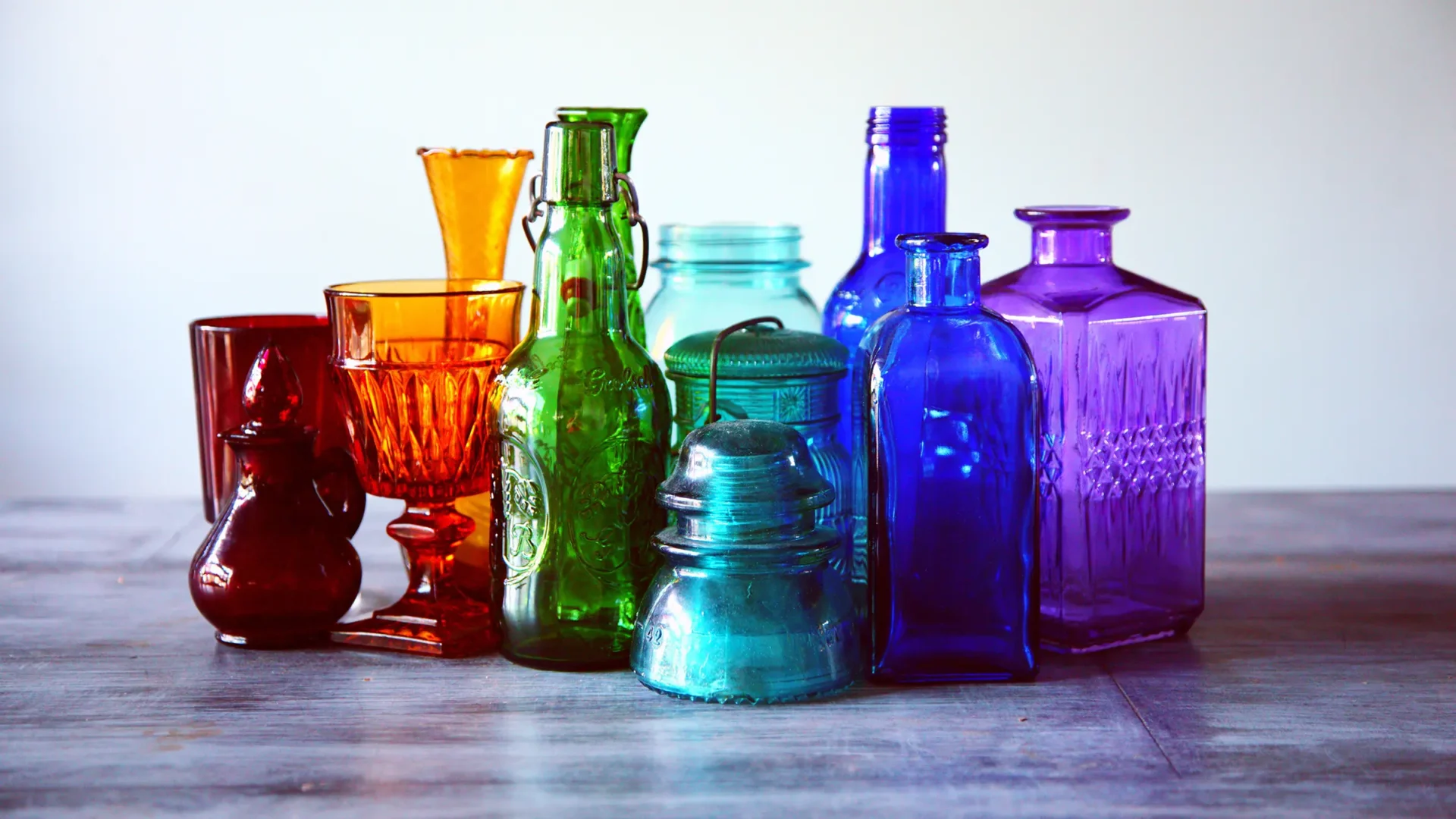Dimensions/Scope
The size of physical products and the breadth and complexity of services and systems.
A design’s physical size can be its most important feature in an experience design scene. For example, consider coffee mugs. Some are very large and can hold a lot of liquid. The dimensions of these mugs make them ideal for hot chocolate because they can hold a lot of whipped cream. Some coffee mugs are very small—well-suited for espresso, where a lot of liquid is undesirable. Coffee mug dimensions span the gamut, and one size is not appropriate for all uses. Designers must consider the dimensions of design outcomes for many reasons. In the coffee mug example, designers should consider how the size of a mug aligns with its intended drinking experience.
Sizes are parameters that designers should not ignore. Often, a design outcome’s dimensions will impact other design outcomes. The width of a doorway in a house can not be changed, and it limits the sizes of things that can pass through it, such as a couch or a table. Roads in the Cotswolds of Western England are narrow, so they limit the sizes of vehicles that can safely travel them. Historically, some design outcomes have even been intentionally sized to exert power over others and exclude people groups (Winner, 1980).
Dimensions do not pertain to just physical items. Buttons depicted on a screen-based interface on a tablet have dimensions, measured in pixels. If buttons are rendered too small, people will have a hard time seeing and tapping them. Services can be measured in time and distance. Checking in at a doctor’s office requires that people walk to the counter to speak with an employee, then to a chair to complete paperwork, back to the desk to return the paperwork, then back to a chair in the waiting room to wait, and so on. This service’s dimensions are represented by how much time it takes to complete and how much distance a person must travel.
Examples of Dimensions/Scope
- Pocket-sized tool
- Enterprise system
- Miniature component
- Large-scale service
Researching Dimensions/Scope
When designers research object dimensions, they define a product, service, or system’s size and scope. This definition can help designers better understand how size can relate to ease of use. It can highlight what would be required to store a design outcome when it is not in use. Dimensions reveal the physical nature of an object so designers can better understand size implications in experience design scenes.
Questions to Ask
- How much time does it take to complete (if it’s a service)?
- How large is the design?
- In what ways does size help or potentially hinder usability?
- Does the design’s size make it special or more desirable?
- In what ways do the design’s dimensions dictate other design decisions?
Look For…
- If people lose items because they are too small
- Frustrated people when a service has too many steps and takes too long
- People who physically suffer because of the design’s size
- Ways a design’s dimensions force people and other designs to conform to its parameters
Sources
Design
Lin, K.-C., Miao, W., & Liao, W.-Y. (2022). How to implement inclusive design into distinctive feature hand tool? a design study on fine operation-aid screwdriver. Heliyon, 8(7), e09866.
Humanities
Winner, L. (1980). Do Artifacts Have Politics? Daedalus, 109(1), 121-136.
Law
Zach Wichter, & USA TODAY. (2022). FAA: Seat size rule a good fit? In USA Today.
